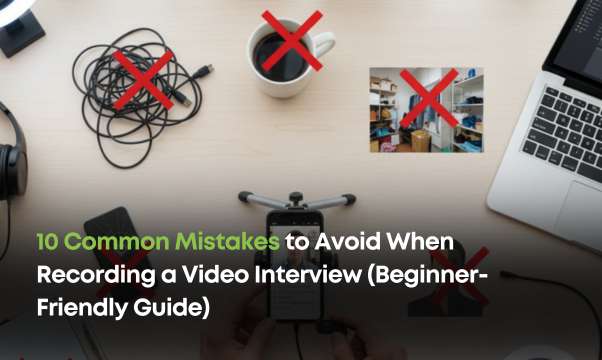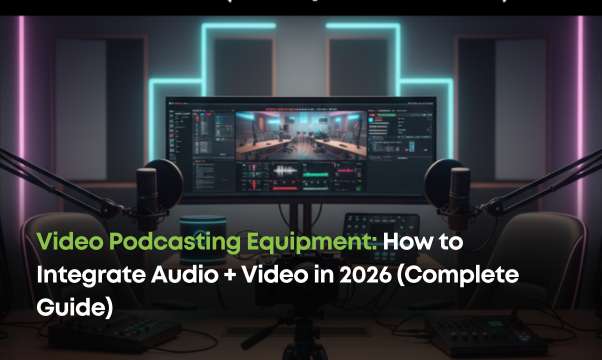Your comprehensive guide to Transcription
Feb 06, 2025, Nishi SinghTranscription is more than just typing out words. Whether a podcast, an interview, a conference, a meeting or a legal proceeding; the goal is to capture every spoken detail, in a clear and organized document.
What is Transcription?
The term 'transcription' is derived from the word “Transcribe”; which stems from the Latin “transcribere,” which in turn means “to write across”. Today, to transcribe means to listen carefully, understand the content and accurately type it out. It is the process of converting spoken language or audio/ video recordings into written text. A transcript is the output of the transcription process - a written document, created from spoken content. In this context, the term 'content' could refer to anything from medical notes dictated by doctors to minutes of a board meeting. Essentially, a transcript captures moments from audio or video formats and transforms them into text for record-keeping, accessibility or publication.
What is Transcription used for?
Understanding the application of transcription in various business sectors highlights just how valuable it is. For example, in Healthcare, transcriptions are vital for maintaining patient records. Media businesses use transcription for subtitles and scripts. Students and researchers use it to turn lectures and interviews into study materials. Each of these sectors requires deep and accurate knowledge of sector-specific terminologies. For instance - Legal transcribers need to know courtroom jargon, whereas Medical transcriptionists need familiarity with clinical terminologies.
Another popular reason for relying heavily on transcriptions is to make content accessible to larger audiences, including those with hearing-impairment.
Thus, from creating searchable content to meeting accessibility requirements to fostering inclusivity, transcriptions bridge gaps in communication.
How to Transcribe
For those new to transcribing, you may wonder, “How do I actually do it?” or "Who exactly is behind transcription?". A transcriptionist/ transcriber is a professional skilled at creating accurate and cleanly-written versions of audio material. They're often equipped with tools like audio players, text editing software and sometimes voice-recognition technology; to make the process smoother.
Here are the basic steps to help you understand transcription how to start and succeed at transcription:
- Gather Your Tools – Invest in a high-quality headset, transcription software and a comfortable keyboard.
- Play The Audio/ Video file – Listen to your recording carefully, bit by bit.
- Type What You Hear – Aim for word-for-word accuracy, while keeping the context in focus.
- Rewind and Proofread – Review your work to ensure there are no errors or omissions.
The process might seem simple, but precise transcription requires practice, patience and a sharp ear.
What’s Next?
If you’re curious about transcription how to get started or how it could benefit you, myTranscriptionPlace is here to help. Whether you need accurate transcriptions or professional advice, we’ve got you covered. Transcription isn’t just writing. Instead, it is about preserving words and voices, ensuring nothing gets lost in translation. Whatever your transcription needs may be, reach out to us for reliable and expert solutions.






